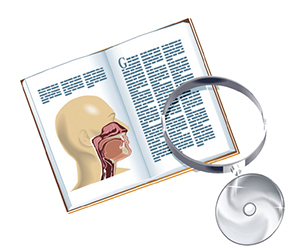Explore This Issue
January 2014
Background
Antibiotic prophylaxis is commonly used in head and neck surgery. Prophylactic use of antibiotics in clean surgical cases is not clearly indicated, but evidence exists for use in cases of clean-contaminated surgery, such as major head and neck oncologic procedures. Despite evidence specifically outlining the indications for antibiotic prophylaxis, there continues to be widespread variability in the use (and overuse) of prophylactic antibiotics in head and neck oncologic surgery. In an era of increasing resistance to antimicrobial therapy, it is worthwhile to revisit the evidence for the use of antibiotic prophylaxis in head and neck surgery.
Best Practice
Antibiotic prophylaxis is effective when used in clean-contaminated oncologic surgery and administered prior to the start of surgery. Importantly, there is no evidence to support the use of antibiotic prophylaxis beyond 24 hours post-operatively. Multiple drug regimens are effective, including first-generation cephalosporins, when used in a high dose of 2 g q8h for 24 hours. Coverage of gram-negative organisms remains a controversial issue. Read the full article in The Laryngoscope.
Leave a Reply